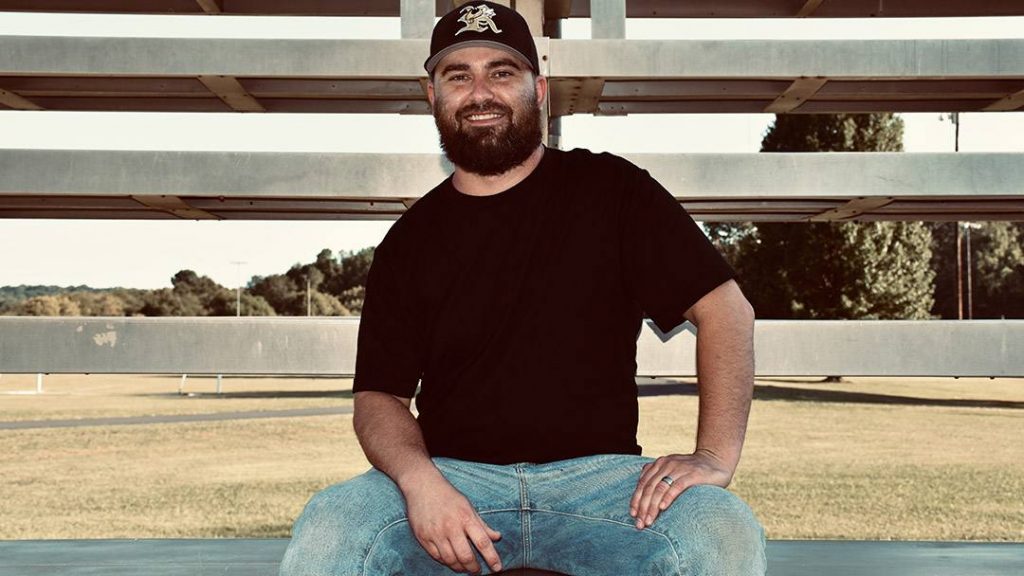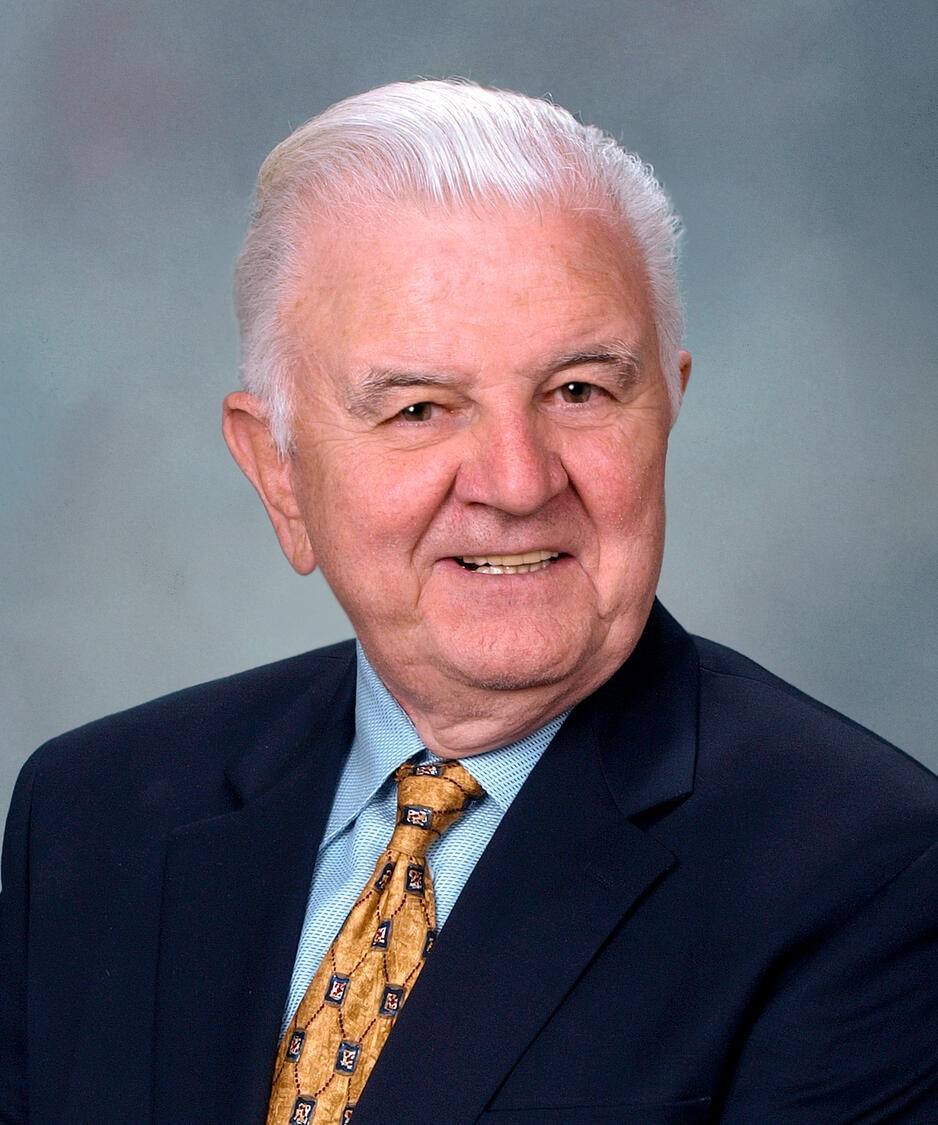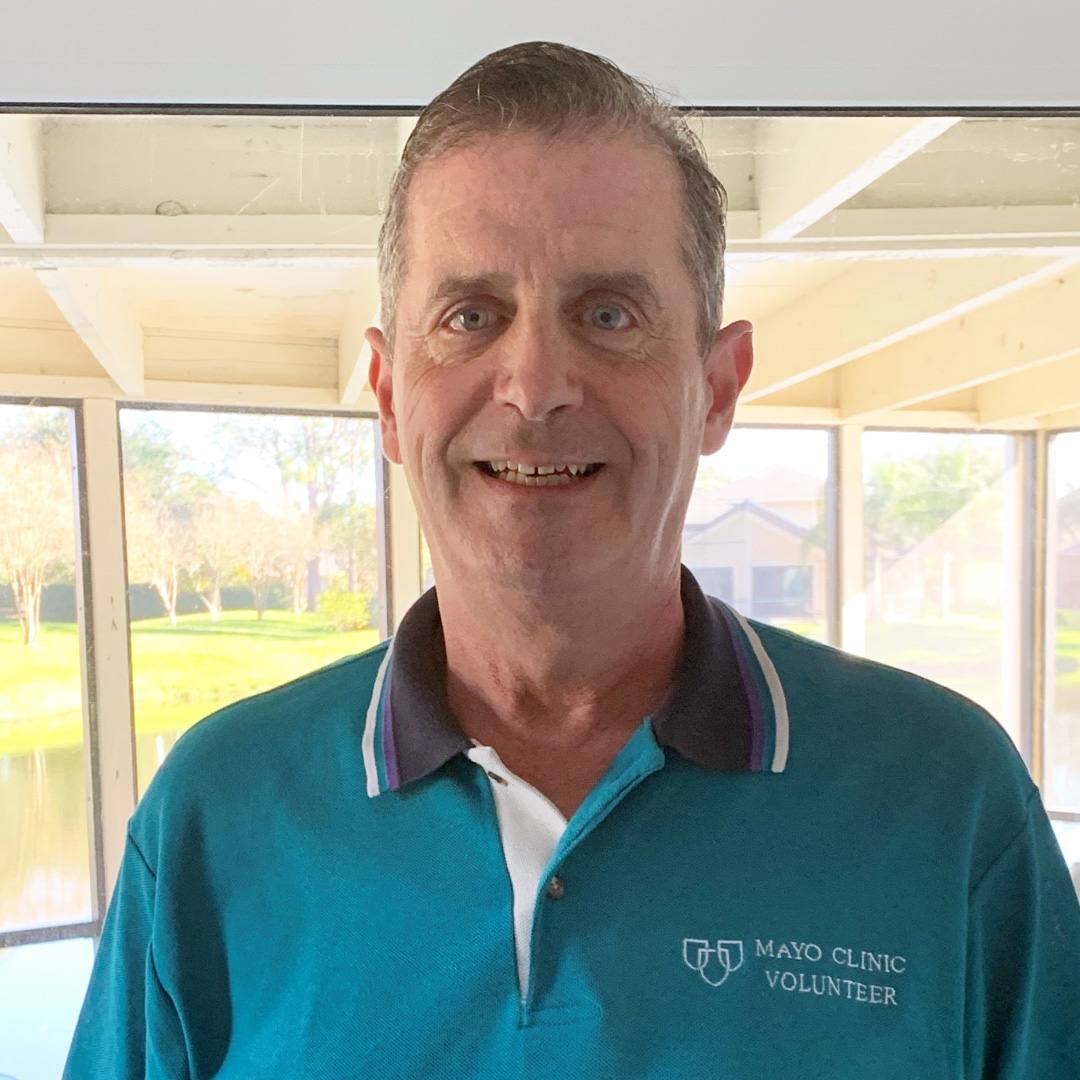-
Featured News
Sharing Mayo Clinic: Back in the game after pain rehabilitation

At 35, Tyler McDonald felt like his best years were behind him. Affected by mystifying mobility issues and severe pain, he needed a cane and heavy pain medications to move through his days. Withdrawn and depressed, Tyler's outlook was grim — until he met a Mayo Clinic neurologist who opened a door that led Tyler to a happier future.
For Tyler McDonald, the worst part of his debilitating leg pain and mobility issues wasn't needing a cane to walk or requiring heavy doses of pain medication to get through the workday. For Tyler, who loves playing baseball with his sons, the worst part was sitting on the sidelines not being able to actively coach his little league team.
All that's changed now. Thanks to comprehensive care provided by Mayo Clinic specialists who correctly diagnosed Tyler's condition, addressed his symptoms and removed him from opioid pain medications, Tyler is looking forward to getting back on the field with his team.
"My personality is back to where it used to be, and my kids are happier to be around me," Tyler says. "Being present with my family is an awesome feeling because when you're in pain like that all the time, you just go through your day going through the motions. You don't really live in the moment ever."
The education, therapy and support Tyler received from his neurologist, Eoin Flanagan, M.B., B.Ch., and his psychologist, Wesley Gilliam, Ph.D., at Mayo's Pain Rehabilitation Center were key to helping him reclaim his life by understanding the root cause of his pain and how to manage it without opioids.
"I still have chronic pain," Tyler says. "There's no just going in and fixing it. But I get up every day and function as a normal human being. I use the tools they taught me."
Distressing symptoms, steady decline
For much of his life, Tyler has had pain of one kind or another. As a youth, he practiced martial arts for 15 years and sustained shoulder damage as a result. In the U.S. Marines, he suffered a knee injury that never quite healed. Despite those lingering issues, though, Tyler exercised and hit the gym five days a week.
Over time, Tyler also developed sciatica nerve pain throughout his right leg. Then in spring 2015, Tyler started falling at work — a dangerous proposition for him because his position as an aerospace research and development technician occasionally had him walking on the wings of aircraft.
Tyler, who lives with his wife and three children in the small town of Aragon, Georgia, sought medical advice and had an MRI in an effort to diagnose the reason for the falls. He was told that the muscles in his right shin and ankle had atrophied, causing him to develop foot drop — the inability to lift the front part of his foot.
That information didn't fully explain all that was happening, however. So for nearly five years, Tyler visited the major medical centers within a half-day's drive from his home seeking a more detailed explanation for his painful leg symptoms. He received several potential diagnoses, including the devastating neurodegenerative condition amyotrophic lateral sclerosis, or ALS. But none of them ever truly fit his symptoms.
"My kids had gotten to the point where they wouldn't ask me to do stuff with them because they knew it would hurt me."
Tyler McDonald
Several physicians asked Tyler if he'd consider visiting specialists at Mayo Clinic in Rochester to sort out his condition. Money and logistics made that decision difficult, Tyler says. "So we just tried every resource we had here that was within a five- to six-hour drive."
As Tyler continued to spiral downward, requiring stronger pain medication to manage the pain, the notion of traveling across the country to find answers seemed less far-fetched. "We just weren't getting anywhere, or at least not to where we had confidence in what we were doing," Tyler says.
The most difficult part of his situation was not being able to be physically active with his family, Tyler says. "My kids had gotten to the point where they wouldn't ask me to do stuff with them because they knew it would hurt me."
So in June, after receiving an appointment in Mayo Clinic's Department of Neurology, Tyler and his wife, Amanda, packed their bags and three children and drove to Rochester, Minnesota.
Perplexing condition, better understanding
At Mayo Clinic, Tyler met Dr. Flanagan, who ordered a slate of tests, including bloodwork, another MRI and a nerve conduction velocity study, which uses electrodes to measure the speed and strength of signals traveling between two points.
All of the tests to find a definitive cause for Tyler's mobility issues came back negative. Instead, Tyler's team determined his problems were rooted in his brain. "We diagnosed him with functional gait disorder, which is a disease where there is more of a software problem as opposed to a hardware problem," Dr. Flanagan says. "We don't understand it fully. But we think that people unlearn their ability to walk, so they need to be retrained on how to walk. For some reason, the mechanism just stops working, and people have to use a cane or wheelchair to move around."
The level of care offered at Mayo Clinic was leagues beyond anything he'd experienced elsewhere, Tyler says. "It was just mind-blowing how much further along Mayo Clinic is to somewhere else. It's like being in a different world," he says. "I saw so many doctors and had so many appointments just in the first week I was there. It was crazy. But they figured out what it was within four days."
In many cases, patients develop functional disorders in response to a highly stressful situation or event. In other instances, functional disorders can arise in people who experience physical trauma, such as chronic pain, as a way to protect the body.
"I didn't completely understand the diagnosis at first. But as they explained it to me, it started making sense," Tyler says. "I didn't really understand how pain works and how I could be hurting this bad without having some type of tissue or nerve damage, but (Dr. Flanagan) was very helpful in helping me understand."
Focused therapy, rapid results
After a week of appointments with Dr. Flanagan, Tyler and his family drove home. But a month later, Tyler was back. Equipped with a better understanding of his condition, Tyler dug in for three weeks of targeted work with physicians, psychologists, nurses, physical therapists and occupational therapists at Mayo's Pain Rehabilitation Center to reign in his pain and retrain his brain to make his dysfunctional leg work again.
"When I started the program, I'd been using a cane for four years. It was bad. I could barely walk," Tyler says. "Within about a week and a half of the program, I wasn't using my cane. I wasn't walking well, and I had to concentrate really hard to control my foot, but now I am walking pretty normal."
"Our approach is function restoration: moving people gradually back into the things they love doing. By focusing on that, the severity of symptoms tends to decline."
Wesley Gilliam, Ph.D.
The first part of Tyler's plan called for tapering off his pain medications and pain patches. It involved learning that while he felt pain in his leg, his brain was responsible for generating the pain sensation.
"Opioids are designed to block the signals that go from the periphery to the brain, and they are effective at doing that in acute pain settings," Dr. Gilliam says. "But over the course of time, there's a phenomenon that occurs called opioid-induced hyperalgesia, where the opioid itself increases sensitivity … to the pain. The only way to decrease that is to taper off the opioid."
Once Tyler had a better grasp of the neurologic process responsible for pain, his treatment focus shifted to helping him move and enjoy life again. "The emphasis on pain rehabilitation is not reduction in pain severity so much as how do we help you get back into your life with the pain?" Dr. Gilliam says. "The medical model so many patients are used to is you need to reduce your pain significantly, if not eradicate it, and then you will go back to functioning in life. Our treatment approach flips that on its ear. Our approach is function restoration: moving people gradually back into the things they love doing. By focusing on that, the severity of symptoms tends to decline."
During his physical rehabilitation, Tyler was taught exercises to hone in on his problem areas. "The therapists were great. They could just watch you and know where you were struggling, and they designed workouts to build strength in places where you don't have it," Tyler explains. "It was amazing how accurate they are in knowing what's going wrong and how to correct it. It definitely turned my life around."
Alternate approaches, new mindset
In addition to learning more about the physiologic aspects of his rehabilitation, Tyler was exposed to different tactics he could use to recognize and live with pain. One of the most integral components of pain rehabilitation is breaking the cycle of negative thinking about pain, Dr. Gilliam says. "A lot of people will come in with pain in their leg, and they avoid walking on that limb and use canes to support their body, and they won't bear weight on that limb because bearing weight on the limb will hurt."
The pain rehabilitation program encourages patients to bear weight on their affected limbs even though it will hurt. Over time, patients become stronger, anxiety about the movement dissipates, confidence that they can move increases, and they can walk more independently.
Although Tyler continues to take nonopioid prescriptions to manage his nerve pain and he practices leg-strengthening exercises, when he finished the program, he felt clearer and stronger than he had in years.
"This started when I was not quite 30 years old," Tyler says. "I was a very active person, and I went from working out five days a week and coaching two ball teams to barely walking around. I had become so depressed. But now I'm not in that position anymore. I'm getting back to normal. Next year when the season starts, I'll be back to coaching. That is a really big part of my life."
HELFUL LINKS
- Learn more about functional disorders.
- Read about Mayo's Pain Rehabilitation Center.
- Check out the Department of Neurology.
- Explore Mayo Clinic.
- Request an appointment.







